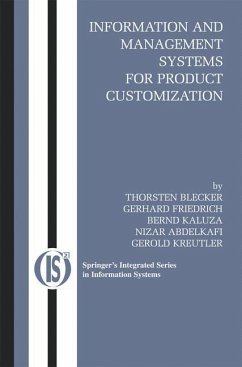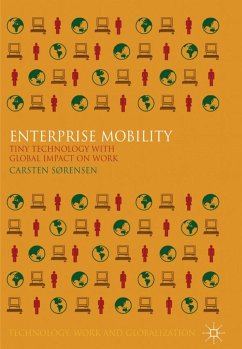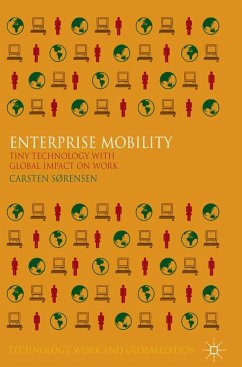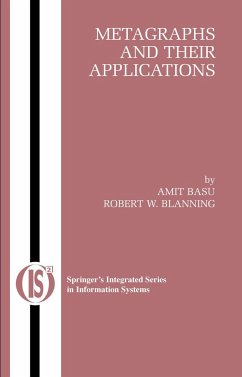
Strategic Decision Making in Modern Manufacturing

PAYBACK Punkte
19 °P sammeln!
Strategic Decision Making in Modern Manufacturing introduces and explains the AMBIT (Advanced Manufacturing Business ImplemenTation) approach, which has been developed to bridge the gap between strategic management considerations and the operational effects of technology investment decisions on the manufacturing organisation, so that the likely impact of new manufacturing technology and/or programme implementations can be evaluated, anticipated and accurately predicted. The AMBIT approach focuses specifically on the non-financial aspects of such investment decisions and offers an approach that...
Strategic Decision Making in Modern Manufacturing introduces and explains the AMBIT (Advanced Manufacturing Business ImplemenTation) approach, which has been developed to bridge the gap between strategic management considerations and the operational effects of technology investment decisions on the manufacturing organisation, so that the likely impact of new manufacturing technology and/or programme implementations can be evaluated, anticipated and accurately predicted. The AMBIT approach focuses specifically on the non-financial aspects of such investment decisions and offers an approach that allows a manager, or more frequently a management team, to understand the impacts of a new technology or a new programme on the manufacturing organisation in terms of manufacturing performance.














